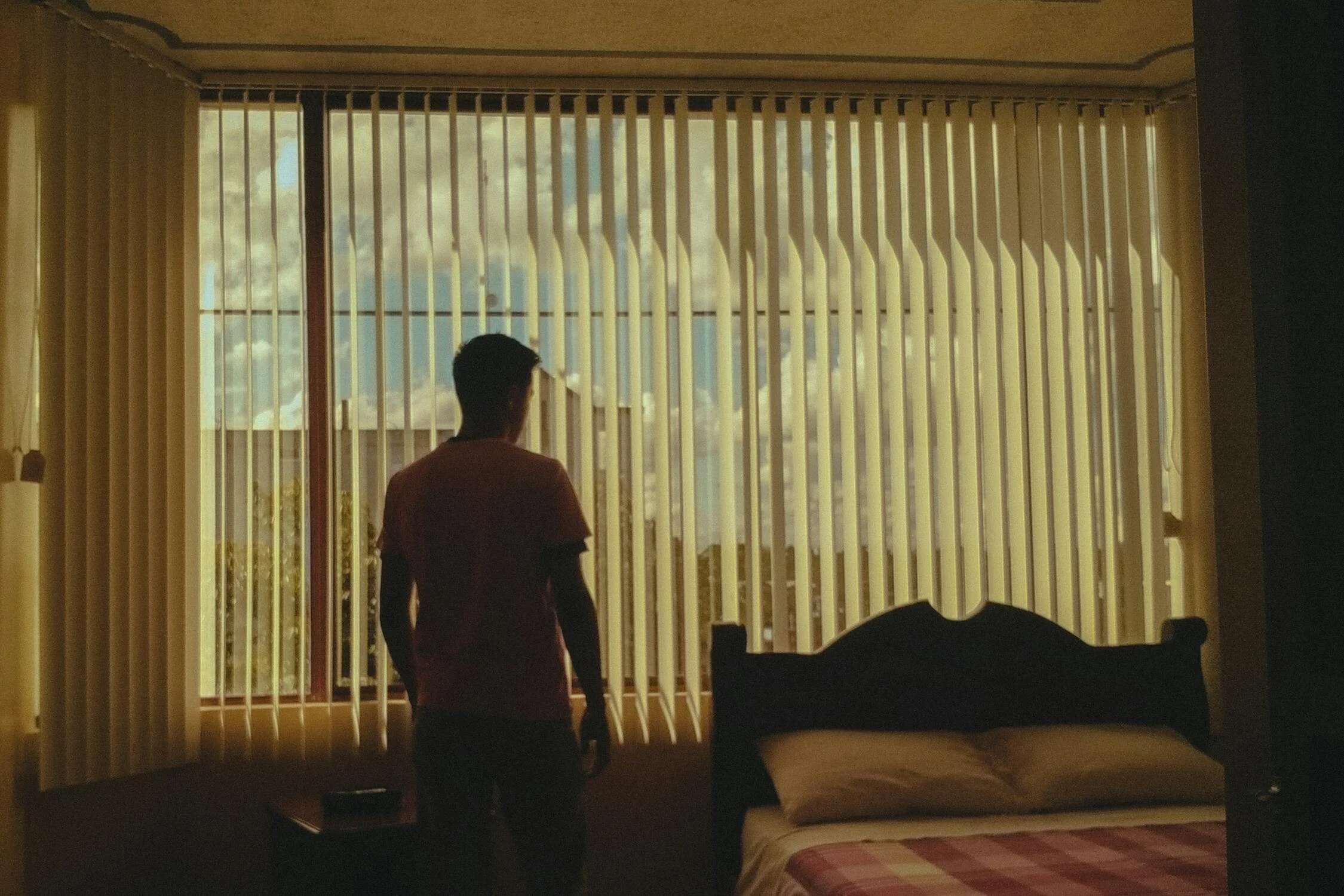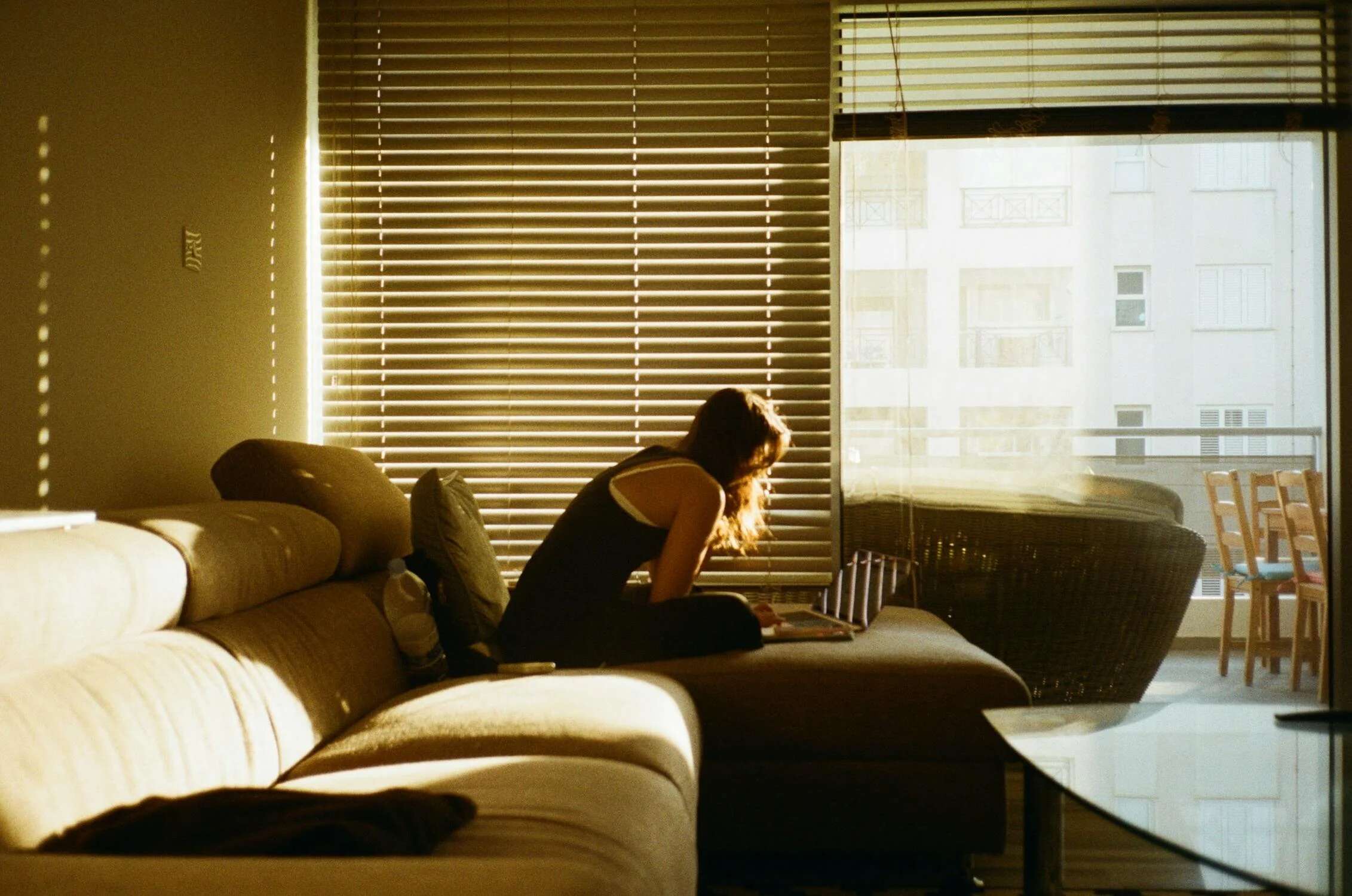In today’s fast-paced world, the quest for enhanced productivity has led researchers and workplace designers to explore innovative approaches. Among these, the fascinating fields of light therapy and color psychology have emerged as powerful tools for transforming our work environments and boosting our efficiency. This comprehensive guide delves into the intricate relationship between light, color, and human performance, unveiling secrets that can revolutionize how we approach productivity in both personal and professional settings.
Key Takeaways:
- Light therapy can significantly impact mood, energy levels, and circadian rhythms, leading to improved productivity.
- Color psychology influences emotions and behavior, with different hues affecting focus, creativity, and stress levels.
- Combining light therapy and color psychology creates synergistic effects that can dramatically enhance workplace performance.
- Practical applications range from personal light therapy devices to strategic office color schemes.
- Natural light plays a crucial role in productivity and can be effectively supplemented with artificial solutions.
Understanding Light Therapy: A Brief Overview
What is Light Therapy?
Light therapy, also known as phototherapy, is a treatment method that involves exposure to specific wavelengths of light to treat various conditions and improve overall well-being. Originally developed to address Seasonal Affective Disorder (SAD), light therapy has expanded its applications to include sleep disorders, depression, and productivity enhancement.
The Science Behind Light Therapy
The effectiveness of light therapy is rooted in its ability to influence our circadian rhythms – the internal biological clock that regulates our sleep-wake cycle. Exposure to bright light, particularly in the morning, helps to suppress melatonin production and boost serotonin levels, leading to increased alertness and improved mood.
Research published in the Journal of Clinical Sleep Medicine has shown that light therapy can improve cognitive performance, reaction times, and overall alertness, especially in individuals experiencing circadian rhythm disruptions.
Types of Light Therapy Devices
- Light Boxes: These are the most common devices, emitting bright light that mimics natural outdoor light.
- Dawn Simulators: These gradually increase light intensity to simulate sunrise, promoting natural awakening.
- Light Therapy Lamps: Portable options designed for desk use in office environments.
- Light Therapy Glasses: Wearable devices that deliver light directly to the eyes while allowing mobility.
Color Psychology: Decoding the Impact of Hues on Human Behavior
The Basics of Color Psychology
Color psychology examines how different colors influence human emotions, cognition, and behavior. This field has gained significant traction in marketing, design, and now, workplace optimization. Understanding the psychological impact of colors can lead to more effective and productive environments.
How Different Colors Affect Mood and Emotions
- Blue: Often associated with calmness and productivity. It can help reduce stress and promote focus.
- Green: Linked to balance and harmony, green can enhance creative thinking and reduce eye strain.
- Yellow: Stimulates optimism and energy but should be used sparingly to avoid overwhelming effects.
- Red: Increases heart rate and energy levels, suitable for spaces requiring physical activity.
- Purple: Associated with luxury and creativity, it can inspire innovative thinking.
A study in the Journal of Environmental Psychology found that participants in blue-colored office environments reported higher levels of perceived productivity compared to red or white environments.
Cultural Variations in Color Perception
It’s important to note that color perceptions can vary across cultures. For instance, while white symbolizes purity in Western cultures, it’s associated with mourning in some Eastern cultures. When designing global workspaces, consider these cultural nuances to ensure optimal effectiveness.
The Intersection of Light Therapy and Color Psychology
Synergistic Effects on Mood and Productivity
When light therapy and color psychology are combined, their effects can be amplified. For example, exposure to blue-enriched white light has been shown to improve alertness and cognitive performance more effectively than standard white light. This synergy allows for the creation of dynamic work environments that can be adjusted throughout the day to match the natural circadian rhythm and optimize productivity.
Case Studies: Successful Applications in Workplaces
- Tech Giant’s Productivity Boost: A leading Silicon Valley company implemented a combination of circadian lighting systems and color-coded work zones, resulting in a 20% increase in reported employee productivity and a 15% decrease in reported stress levels.
- Healthcare Facility Transformation: A hospital in Scandinavia utilized light therapy in staff break rooms and strategically applied color psychology in different departments. The result was a 12% reduction in medical errors and improved staff satisfaction scores.
Light Therapy Techniques for Enhancing Productivity
Circadian Rhythm Optimization
Aligning artificial lighting with the natural progression of daylight can significantly improve sleep quality and daytime alertness. Smart lighting systems that adjust color temperature and intensity throughout the day can help maintain a healthy circadian rhythm, even in indoor environments.
Combating Seasonal Affective Disorder (SAD)
For individuals prone to SAD, especially in regions with long, dark winters, light therapy can be a game-changer. Regular morning exposure to bright light therapy has been shown to improve mood, energy levels, and overall productivity during the winter months.
Boosting Energy and Alertness
Strategic use of bright light exposure during the mid-afternoon slump can provide a natural energy boost. A study in the journal Sleep found that a 30-minute exposure to bright light in the early afternoon improved subjective alertness and cognitive performance.
Harnessing Color Psychology in Work Environments
Optimal Color Schemes for Different Work Tasks
- Focus-intensive tasks: Cool colors like blue and green can enhance concentration and minimize distractions.
- Creative work: Warmer tones like yellow and orange can stimulate innovative thinking.
- Collaborative spaces: A mix of energizing and calming colors can promote both interaction and focus.
Color-coding for Enhanced Organization
Implementing a color-coding system for files, projects, or departments can improve information processing and retrieval speeds. This visual organization method leverages color psychology to enhance cognitive efficiency.
Using Color to Create Mood-specific Zones
Designating different areas with specific color schemes can create purposeful spaces within an office. For example, a blue-dominated quiet zone for focused work, a green-accented area for brainstorming, and a warm-toned social space for collaboration and relaxation.
Practical Applications of Light Therapy in the Workplace
Implementing Light Therapy Stations
Dedicated light therapy areas equipped with high-intensity light boxes can provide employees with a space for quick energy boosts. These stations can be particularly beneficial in offices with limited natural light exposure. For optimal results, consider combining light therapy stations with smart Motorized Blinds Vancouver solutions that can automatically adjust blinds or shades throughout the day, ensuring the perfect balance between artificial light therapy and natural light.
Integrating Light Therapy into Break Areas
Incorporating light therapy options in break rooms or relaxation areas allows employees to recharge both mentally and physically. This can lead to improved afternoon productivity and overall job satisfaction.
Personal Light Therapy Devices for Employees
Offering personal light therapy lamps or glasses as part of a wellness program can empower employees to manage their own light exposure. This personalized approach accommodates individual circadian rhythms and work schedules.
Designing Productive Spaces with Color Psychology
Color Selection for Different Room Types
- Meeting rooms: Use a balance of stimulating and calming colors to promote both creativity and focus during discussions.
- Individual workstations: Opt for neutral base colors with personalized color accents to suit individual preferences and tasks.
- Reception areas: Choose welcoming colors that align with brand identity and create a positive first impression.
Balancing Stimulating and Calming Colors
While vibrant colors can energize a space, it’s crucial to balance them with more subdued tones to prevent overstimulation. The 60-30-10 rule (60% dominant color, 30% secondary color, 10% accent color) can be a helpful guideline in creating harmonious color schemes. This principle can be effectively applied not just to wall colors, but also to window treatments.
When considering window treatments, Drapery Vancouver offers versatile solutions that go beyond mere aesthetics. The drapery options provide excellent insulation, helping to regulate indoor temperatures and reduce energy costs year-round. For bedrooms or areas requiring complete darkness, such as home theaters, their room-darkening draperies ensure optimal light control. This dual functionality of insulation and light management can significantly contribute to creating a comfortable and productive environment.
Moreover, drapery plays a crucial role in managing privacy levels across different spaces. In areas like living rooms, where a balance of natural light and moderate privacy is desired, sheer curtains can diffuse sunlight while maintaining a sense of openness. For spaces requiring maximum privacy, such as bedrooms, thicker, light-blocking drapes are ideal. The ability to layer different types of drapery – for instance, combining sheer and blackout options – allows for flexible light and privacy control throughout the day, adapting to changing needs and preferences.
By thoughtfully incorporating drapery into your color and design strategy, you can create spaces that not only look appealing but also support the varying requirements of different work activities and times of day. This approach ensures that your workspace remains comfortable, energy-efficient, and conducive to productivity, while still adhering to your chosen color psychology principles.
Using Accent Colors for Focus and Inspiration
Strategically placed accent colors can draw attention to important areas or inspire specific moods. For example, a vibrant orange wall in a brainstorming area can stimulate creative thinking, while a calming blue accent in a high-stress environment can promote relaxation.

The Role of Natural Light in Productivity
Maximizing Natural Light Exposure in Workspaces
Designing offices to maximize natural light exposure can lead to significant productivity gains. A study by the World Green Building Council found that employees working near sunlit windows reported a 15% higher production rate compared to those in artificially lit spaces. However, it’s crucial to balance natural light with the ability to control it. High-quality window treatments, such as those offered by Blinds Vancouver, can help optimize natural light while preventing glare and maintaining a comfortable indoor temperature.
Mimicking Natural Light with Artificial Solutions
When natural light is limited, dynamic lighting systems that mimic the color temperature and intensity changes of natural daylight can be implemented. These systems can help maintain circadian rhythms and improve overall well-being in indoor environments.
Combining Natural Light with Strategic Color Use
Pairing abundant natural light with thoughtfully chosen color schemes can create optimal working conditions. For instance, using cooler colors in naturally bright spaces can prevent glare and create a balanced, comfortable environment.
Overcoming Challenges in Implementing Light Therapy and Color Psychology
Addressing Individual Preferences and Sensitivities
Not everyone responds to light and color in the same way. Offering customizable lighting options and flexible workspace designs can help accommodate individual needs and preferences.
Balancing Aesthetics with Psychological Benefits
While the psychological impact of colors is important, it’s equally crucial to create visually appealing spaces. Working with professional designers can help strike the right balance between aesthetic appeal and productivity-enhancing color schemes.
Cost Considerations and Return on Investment
Implementing comprehensive light therapy and color psychology strategies can require significant initial investment. However, the potential returns in terms of increased productivity, reduced absenteeism, and improved employee satisfaction often justify the costs in the long run.
Future Trends in Light Therapy and Color Psychology
Advancements in Light Therapy Technology
Emerging technologies like OLED lighting and tunable LEDs are opening new possibilities for more precise and personalized light therapy applications. These advancements promise even more effective integration of light therapy into everyday work environments.
Emerging Research in Color Psychology
Ongoing studies in neuroscience and environmental psychology continue to refine our understanding of how colors affect cognitive processes. This evolving knowledge will lead to more sophisticated and targeted color applications in workplace design.
Integration with Smart Building Systems
The future of workplace optimization lies in the integration of light therapy and color psychology with smart building systems. AI-driven environments that adapt to individual preferences and circadian rhythms in real-time are on the horizon, promising unprecedented levels of personalization and productivity enhancement.
Conclusion: Illuminating the Path to Enhanced Productivity
The intersection of light therapy and color psychology offers a powerful toolkit for transforming our work environments and boosting productivity. By harnessing the physiological and psychological effects of light and color, we can create spaces that not only enhance performance but also promote overall well-being.
As we continue to unravel the complexities of human perception and behavior, the potential for these fields to revolutionize our approach to work and productivity is boundless. Whether through personal light therapy devices, strategically designed color schemes, or advanced smart lighting systems, the future of productive workspaces is bright, colorful, and illuminating.
By embracing these insights and implementing them thoughtfully, organizations and individuals alike can create environments that truly shine – fostering creativity, focus, and peak performance in an increasingly demanding world.

